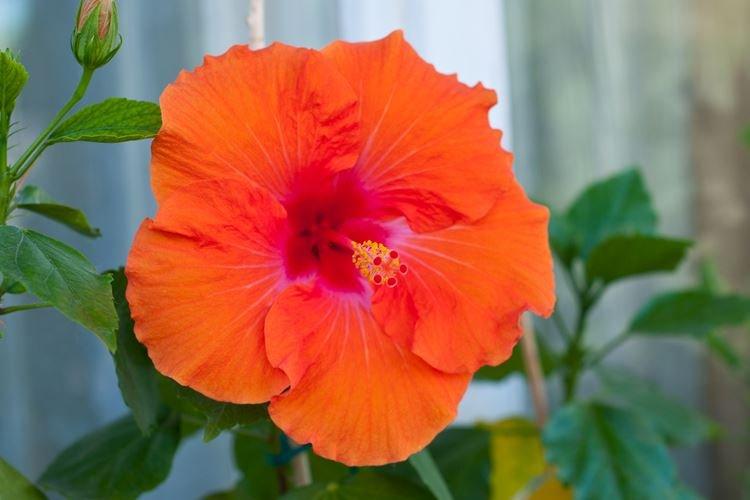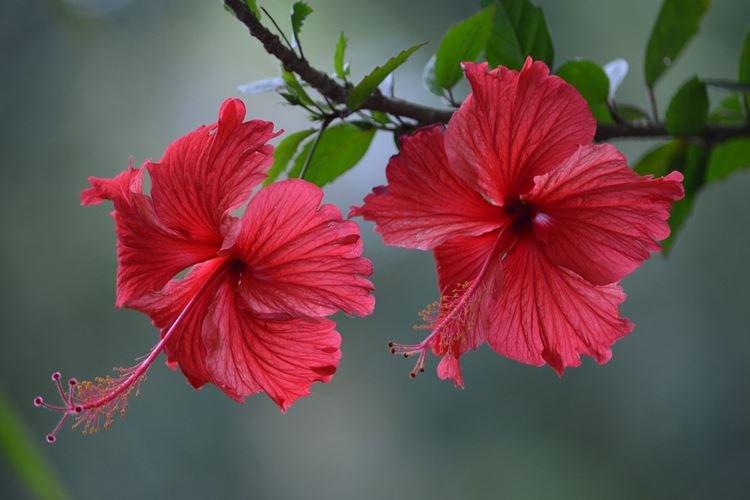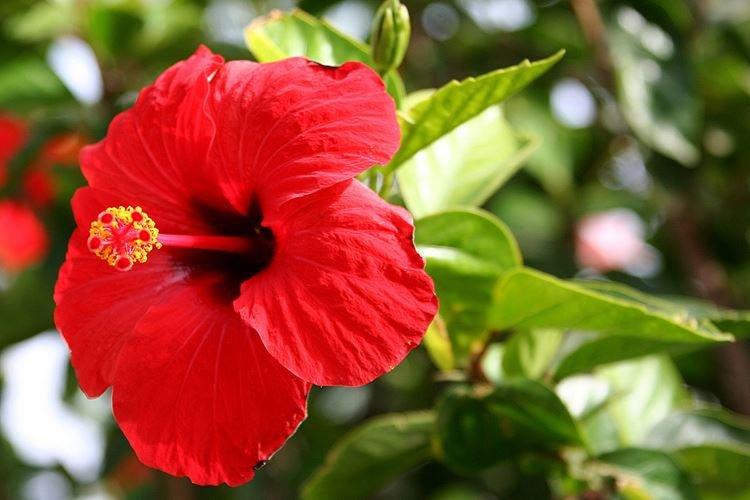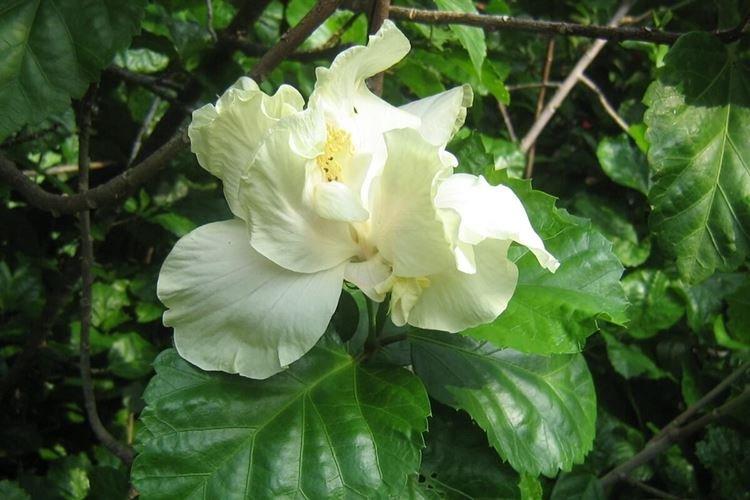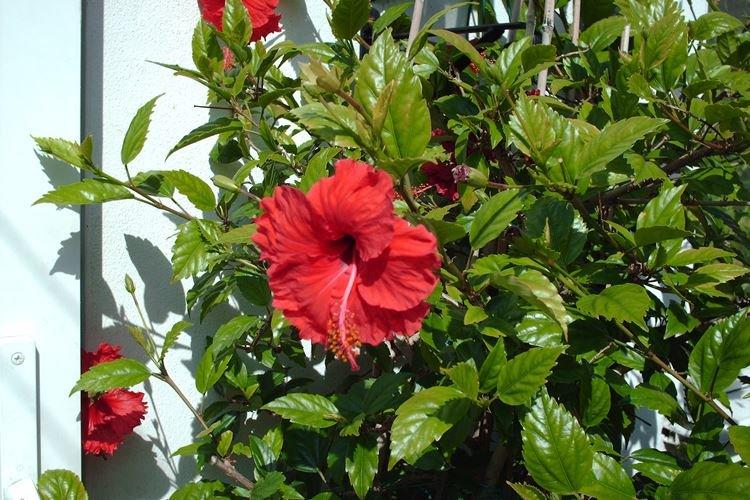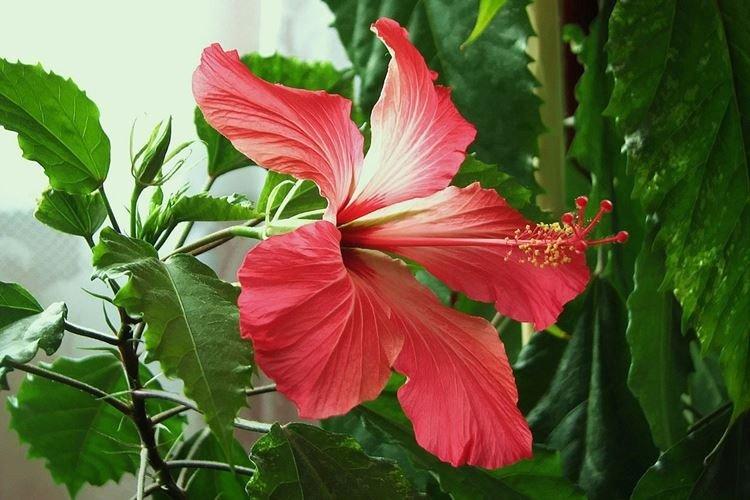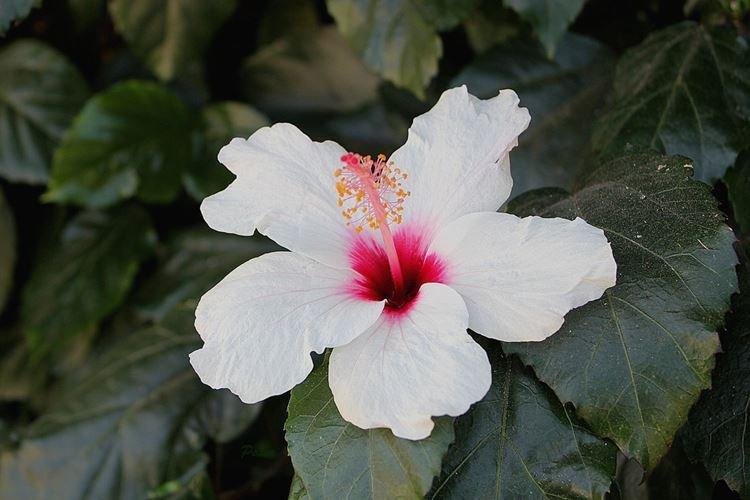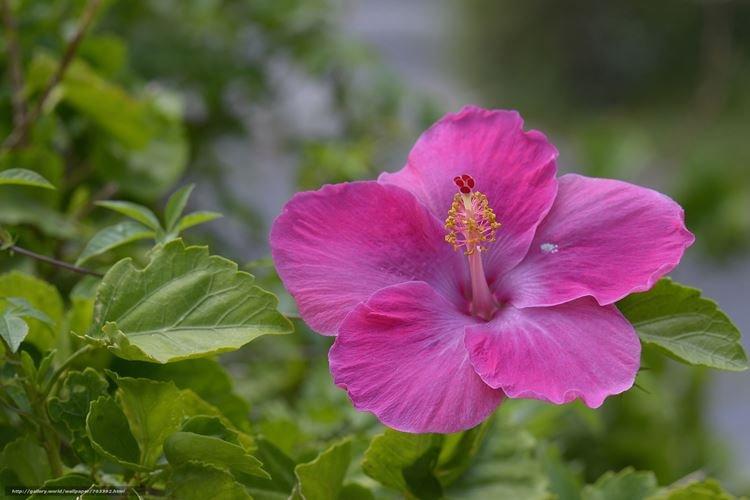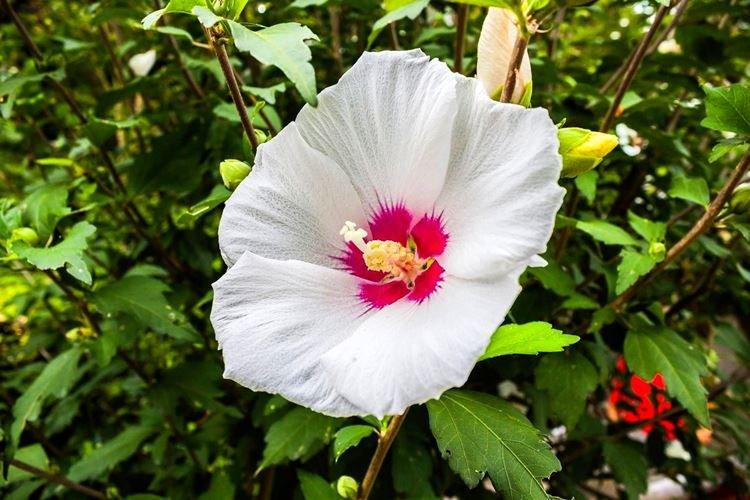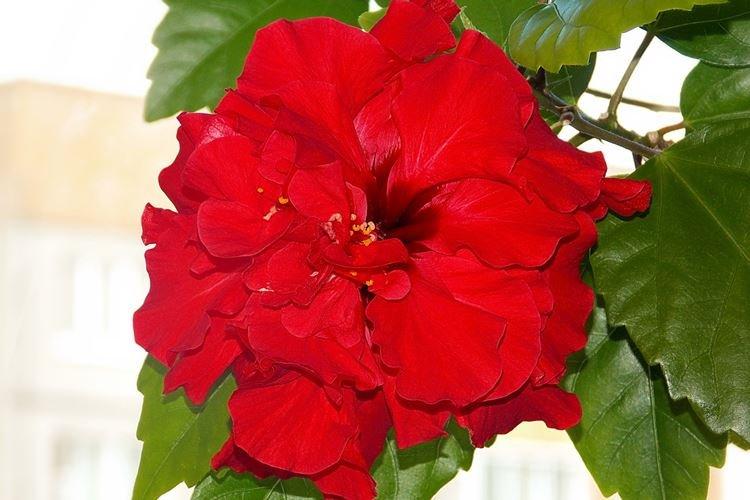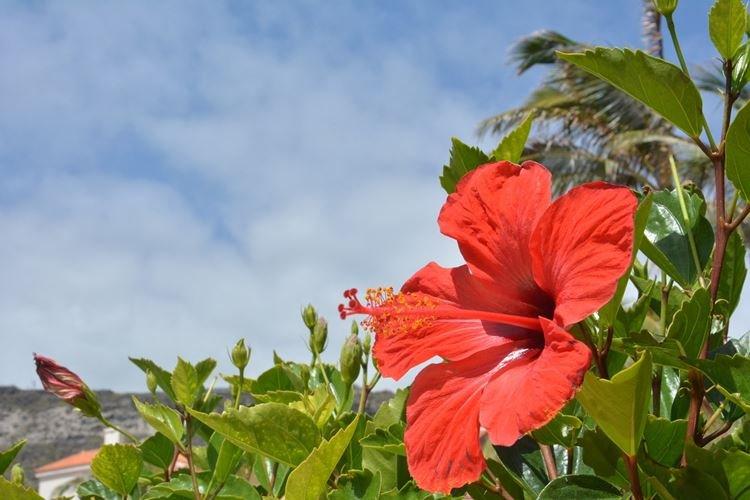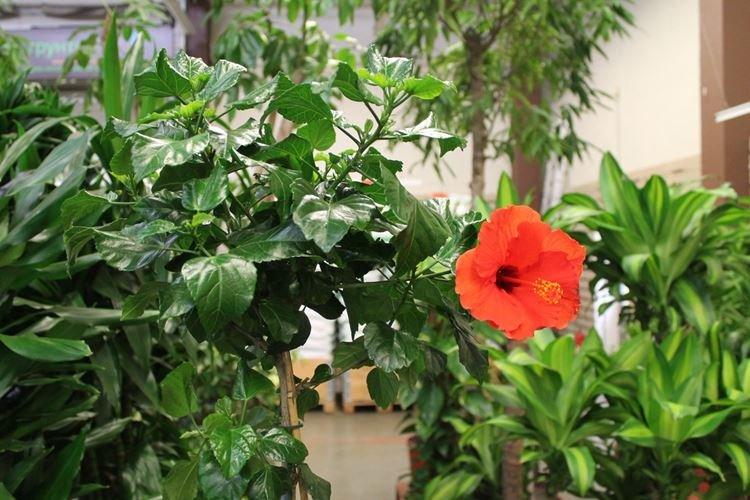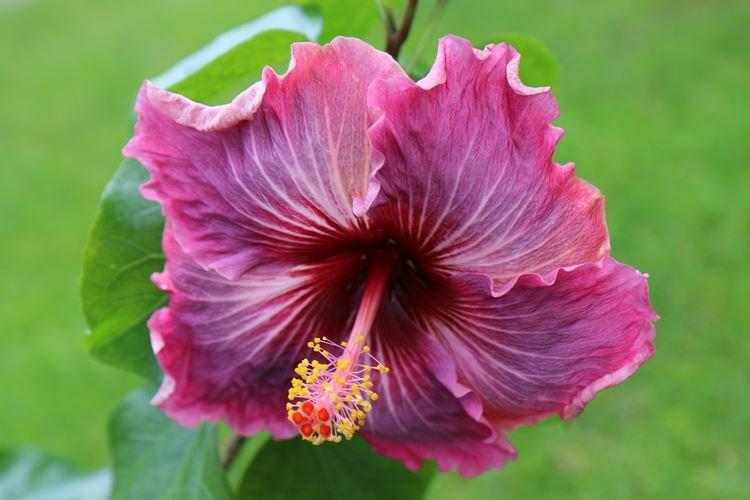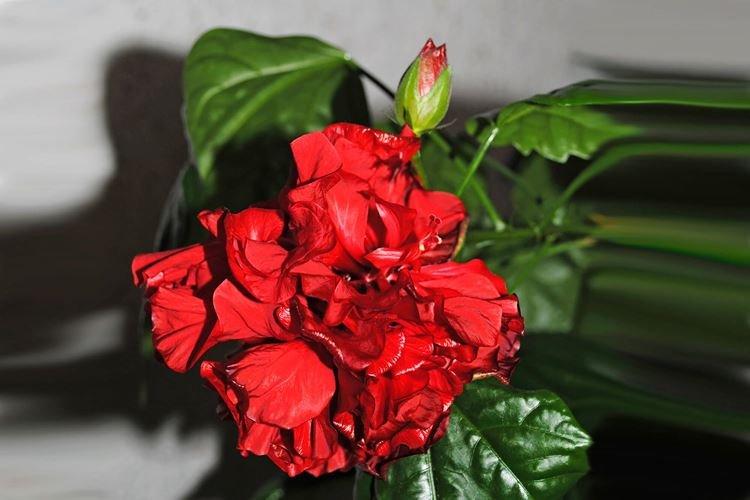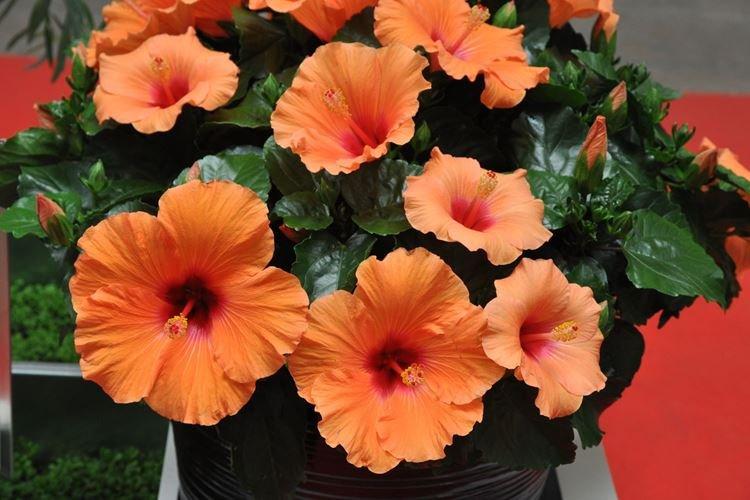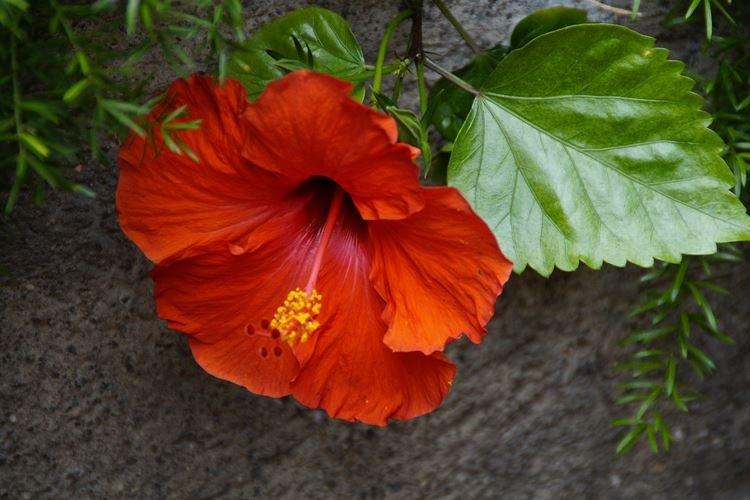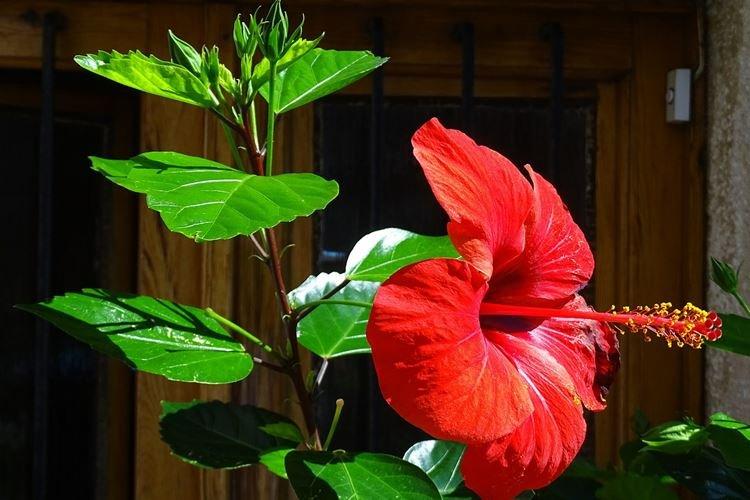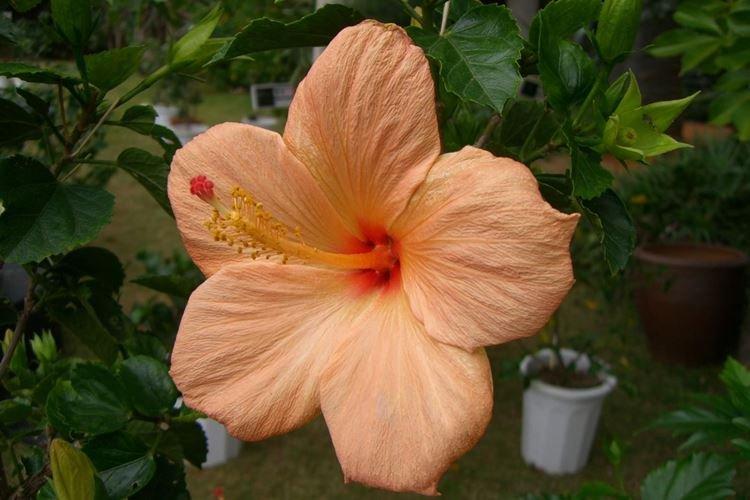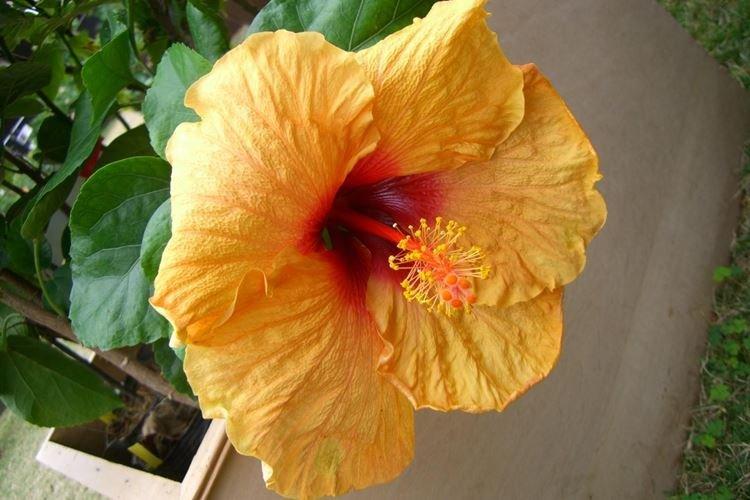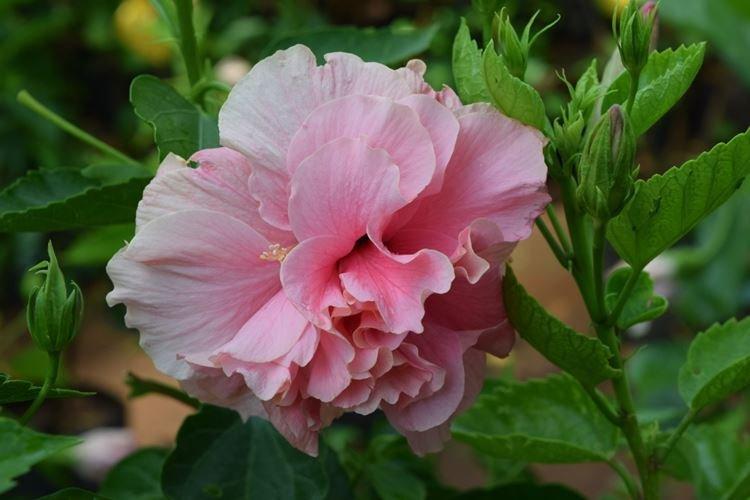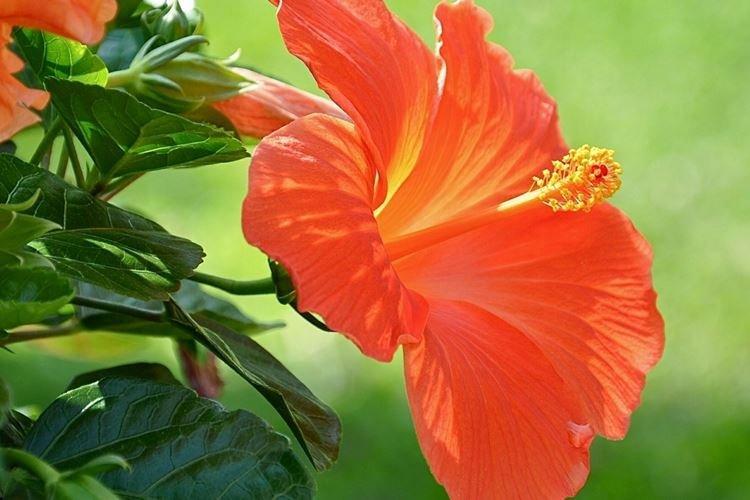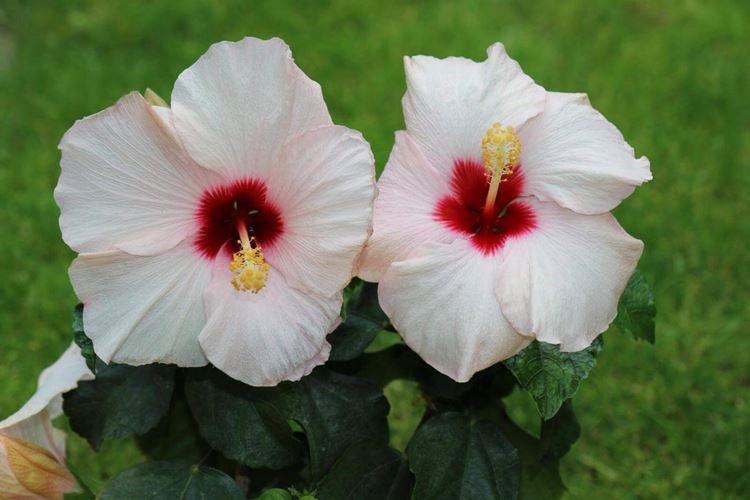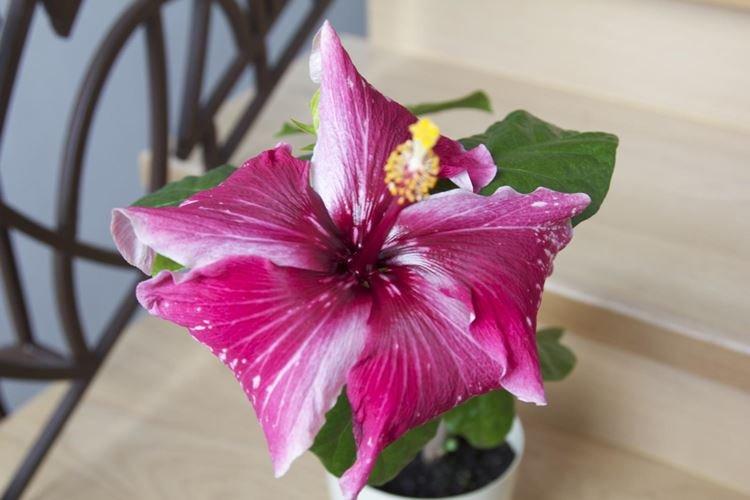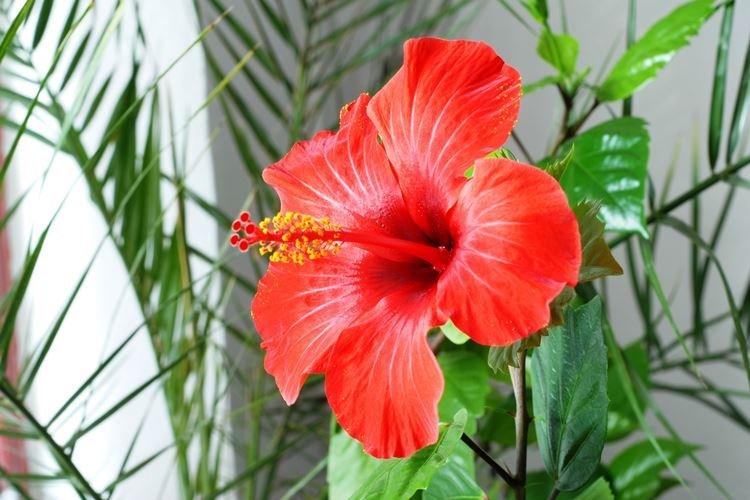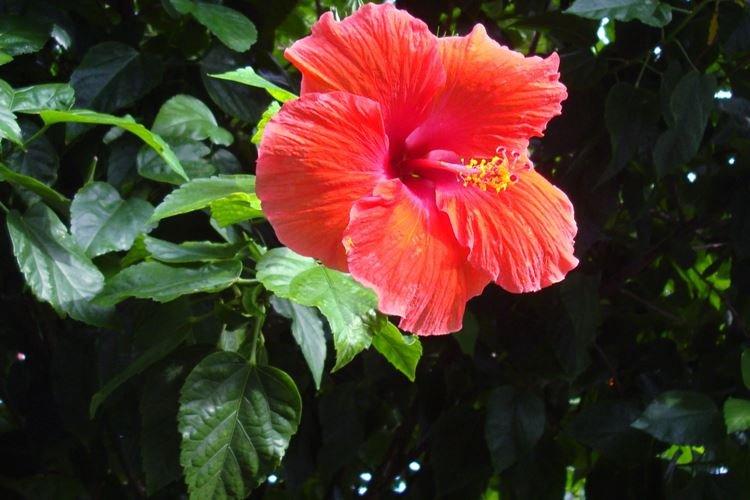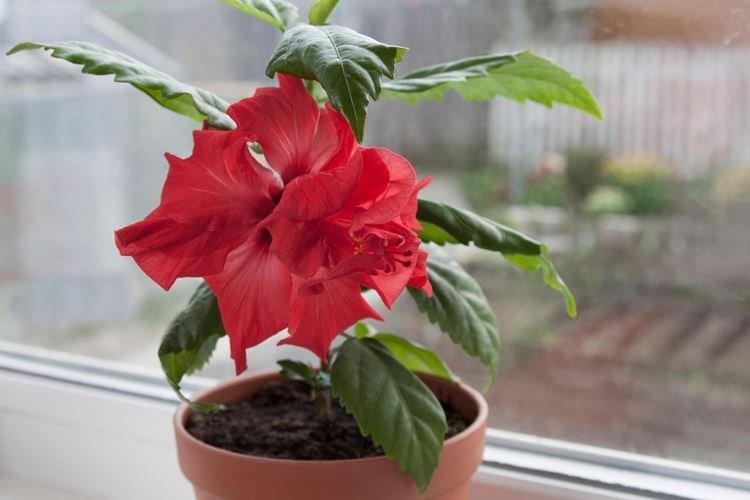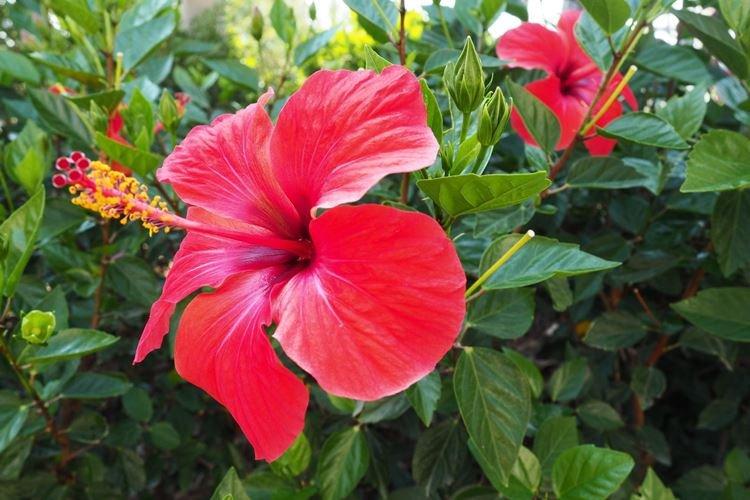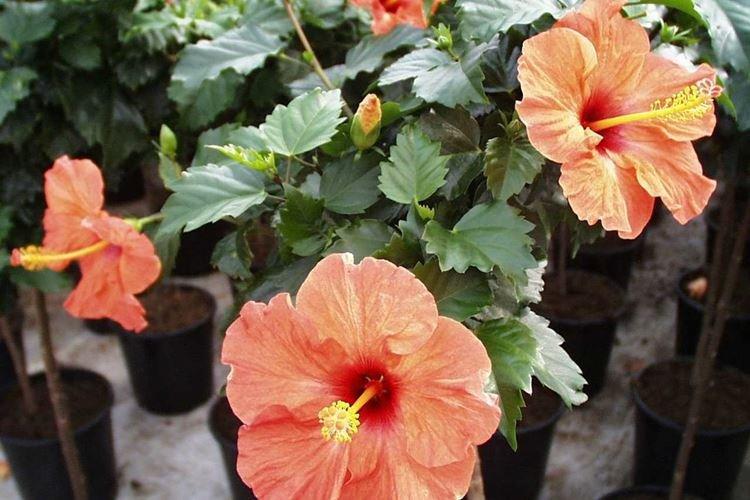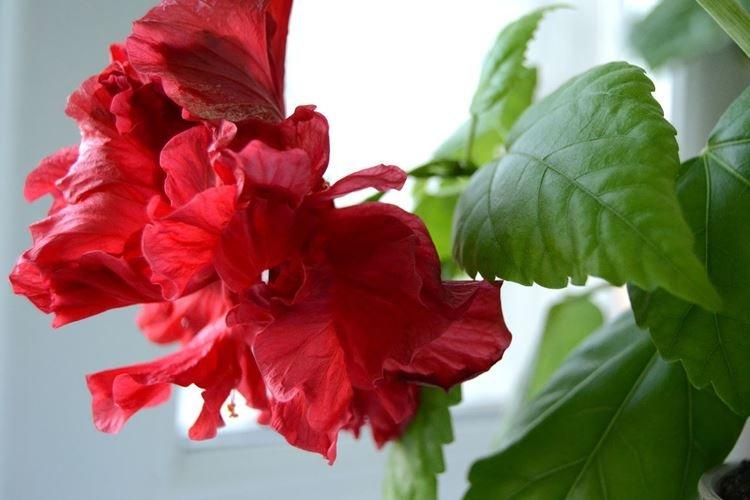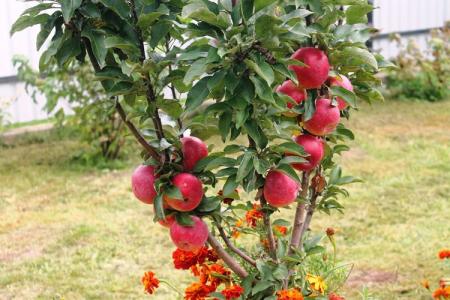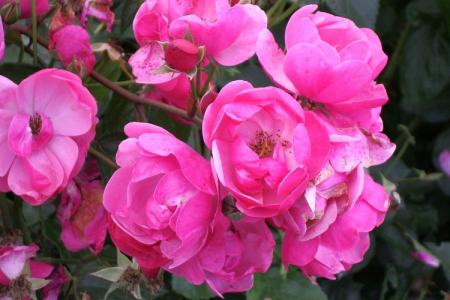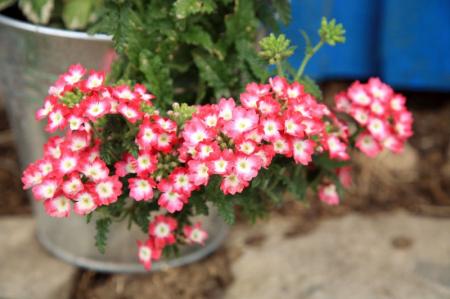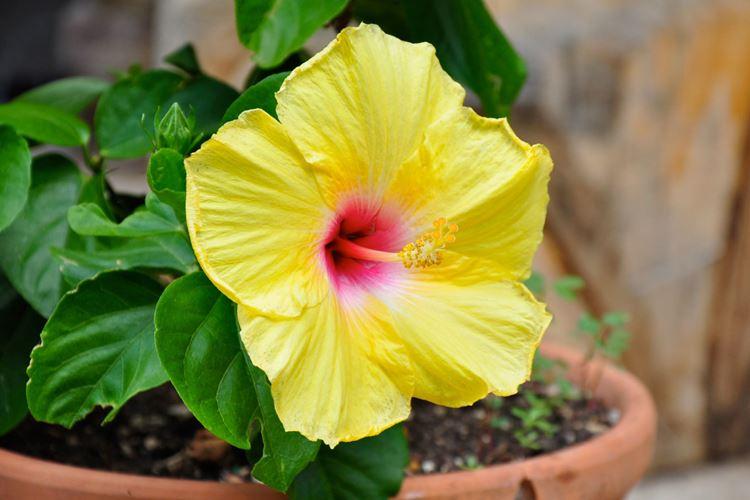
For its extraordinary beauty and characteristic shape of the buds, the delicate hibiscus was nicknamed the "Chinese rose". The flower is surrounded by so many legends and mystical mysteries that some are still superstitiously afraid to keep it at home. However, there is no objective reason to refuse the desired flowerpot. And how to grow a healthy and effective Chinese rose - we will tell you in this article!
general information
Chinese is one of the most beautiful ornamental plants with large flowers, from which they even make wreaths for newlyweds in India. The mysterious flower is so popular that in many regions it appears among national symbols, from Malaysia to the Hawaiian Islands. He came to us from Asia and the Pacific Islands.
The leaves of the Chinese rose resemble birch - the same dark, smooth and slightly jagged. But it is the flowers that are remarkable - large narrow bowls, opening wide with petals up to 25 cm in diameter. The most common varieties are red, but there are pink, white, yellow and multicolored varieties.
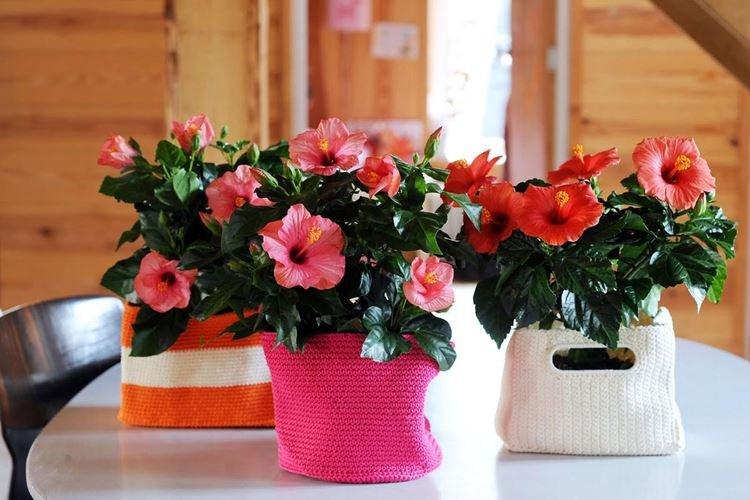
Types of Chinese roses
There are hundreds of species of hibiscus in nature, but it is the Chinese varieties that have taken root in our latitudes. That is why we can safely say that the Chinese rose and hibiscus are one and the same, because we almost never have others.
Syrian rose
Syrian hibiscus is quite cold-resistant, which is why it is most often found in our gardens. In the southern regions, it practically does not require maintenance at all - it is enough to form a crown.
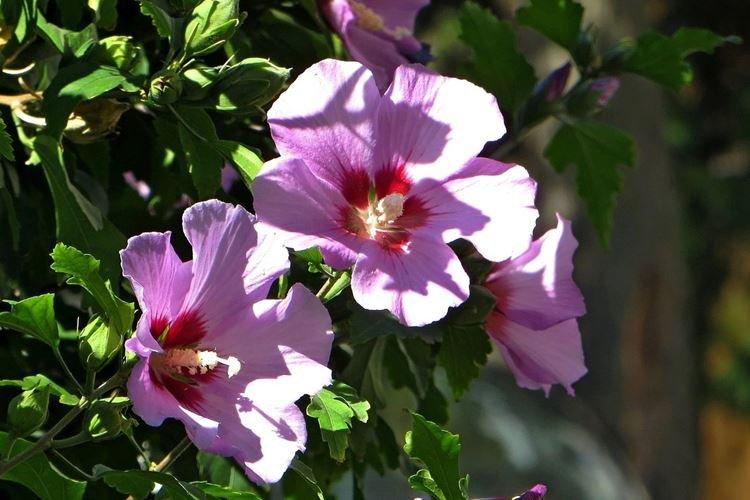
Maple-leaved mahogany
A rare variety of the Chinese rose, which is also grown for ornamental foliage. His plates are large, reddish, with the same burgundy or red colors. In Asian countries, its sour leaves are used as a vegetable crop.
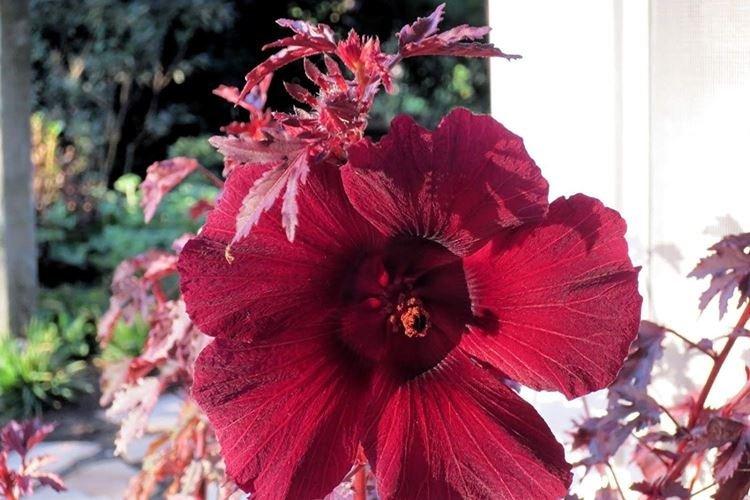
Sudanese rose
The Indian hibiscus shrub is the same hibiscus that we know as flower tea. The variety is most often planted as a food variety, and it does not tolerate frost at all.
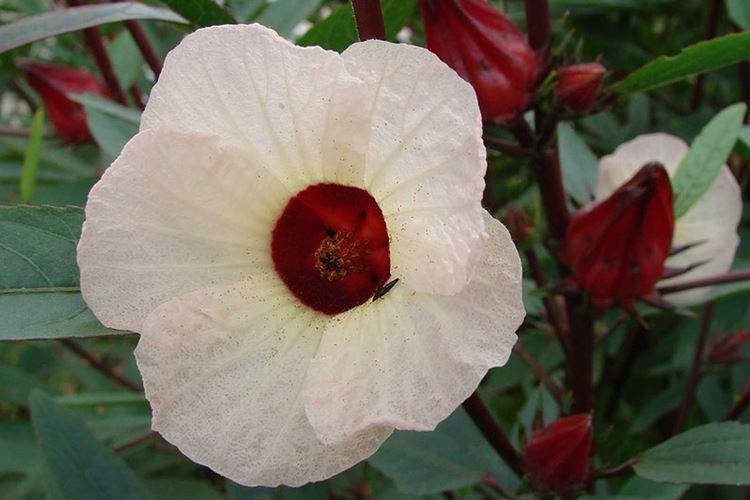
Northern rose
Northern hibiscus with whitish flowers is also called trifoliate for the shape of three-lobed leaves. It is less noticeable, but it is completely unpretentious and is known for its healing properties.
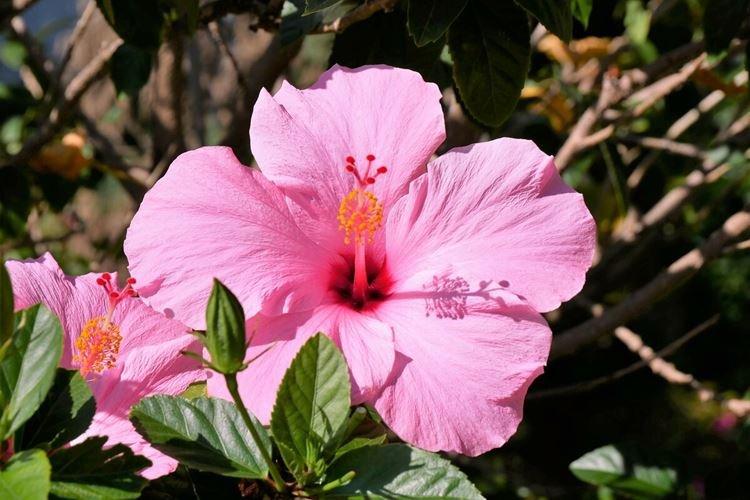
Hybrid hibiscus
This is a large category that includes many varieties crossed from three different types of hibiscus at once. In our latitudes, this choice is very versatile, because the hybrids are frost-resistant and multi-colored, with flowers up to 25 cm.
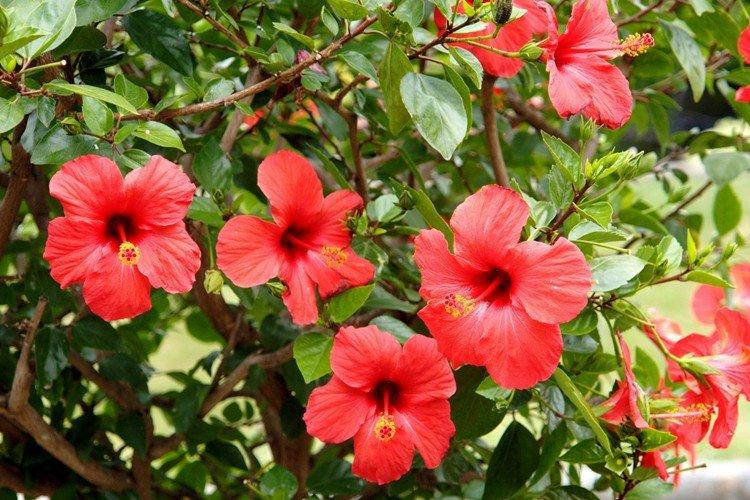
Angel wings
This is a very compact greenhouse variety that grows only up to 30 cm. The small bush is densely covered with white flowers with a pink center - and their number reaches a hundred.
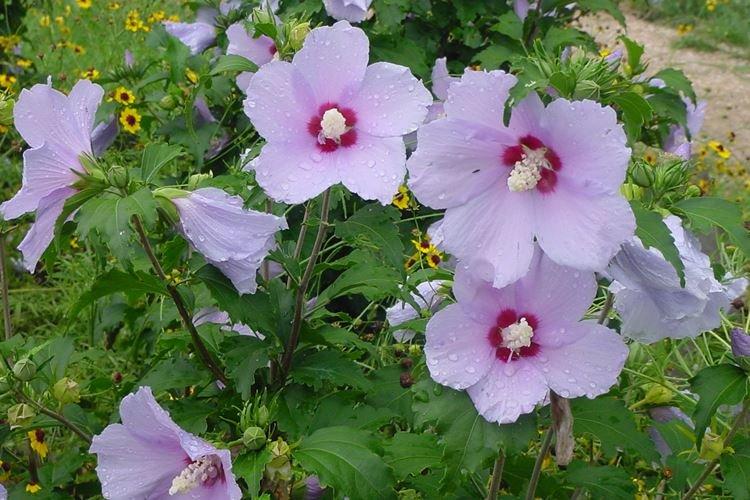
Indoor chinese rose
In fact, this is another large category of decorative hybrids with flowers of a wide variety of shapes and colors. For example, the whimsical curved Schizopetalus, the delicate white Mix, Cooper's variegated hibiscus, or the bright yellow King.
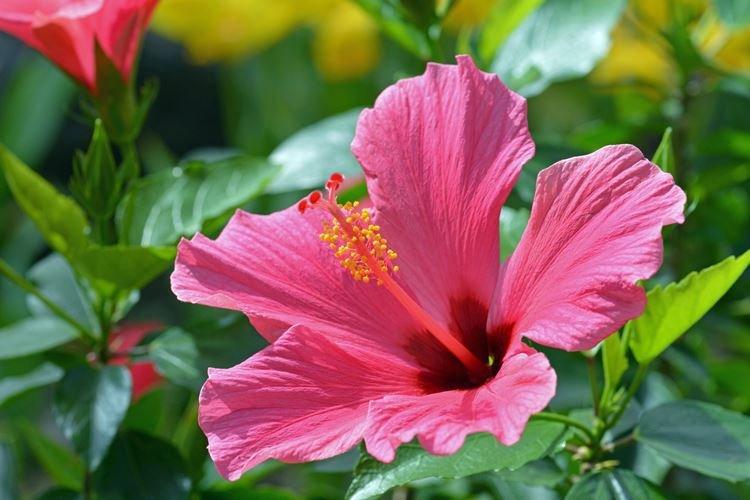
Chinese rose care
The Chinese rose can be grown safely in the garden and apartment. At home it is an evergreen shrub, and on the street - a large tree up to 3 m tall. Hibiscus feels best in a greenhouse, because it does not tolerate frosty winters.
Temperature
The Chinese rose prefers a temperature of 18-25 degrees, so in summer it feels good on the balcony and in the garden. In winter, the thermometer in the room should not drop below 15 degrees, because already at 10 she will drop the leaves.
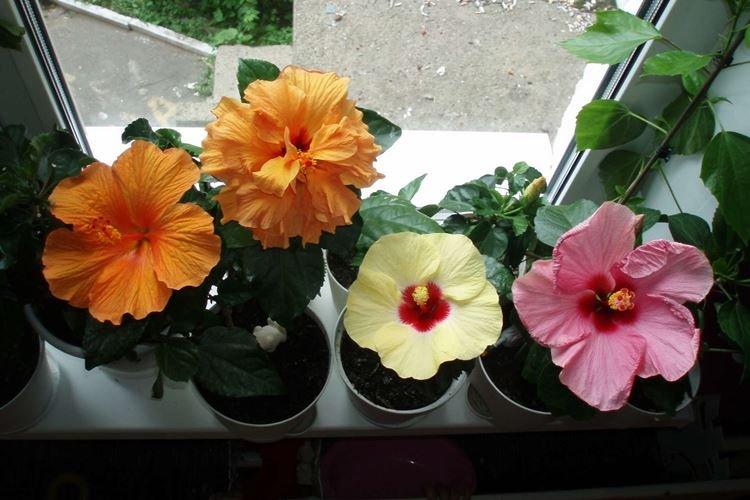
Lighting
The Chinese rose definitely needs more light, because otherwise it simply won't bloom. But direct rays are also destructive, so shade the tree. In the summer, feel free to take the flowerpot out onto the balcony or terrace, but do not leave it in a draft.
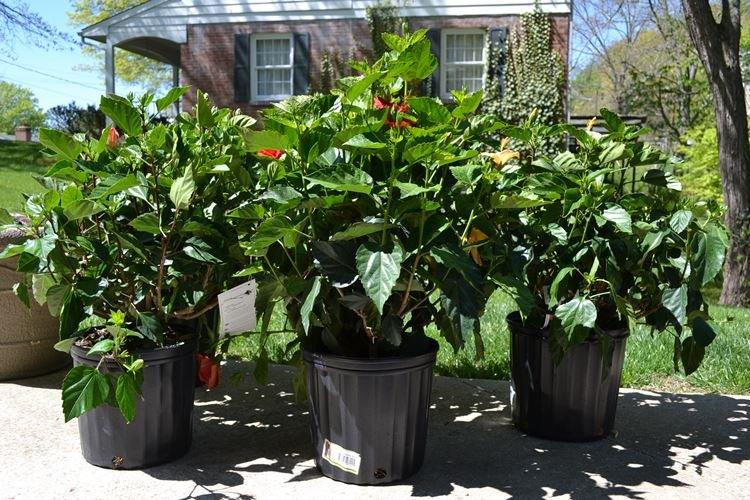
Watering
There is no standard watering schedule, because the condition of the soil needs to be monitored. Until you get used to distinguish visually, check the substrate with a wooden stick to a depth of 2-3 cm.Do not use cold water and tap water, as it should sit for at least a couple of days.
The Chinese rose loves high humidity - which means humidifiers and sprays from a spray bottle. Give her a warm shower from time to time to wash away dust and dirt from large leaves. Make sure that water does not fall on the buds, otherwise traces will remain on them, and they will fly around faster.
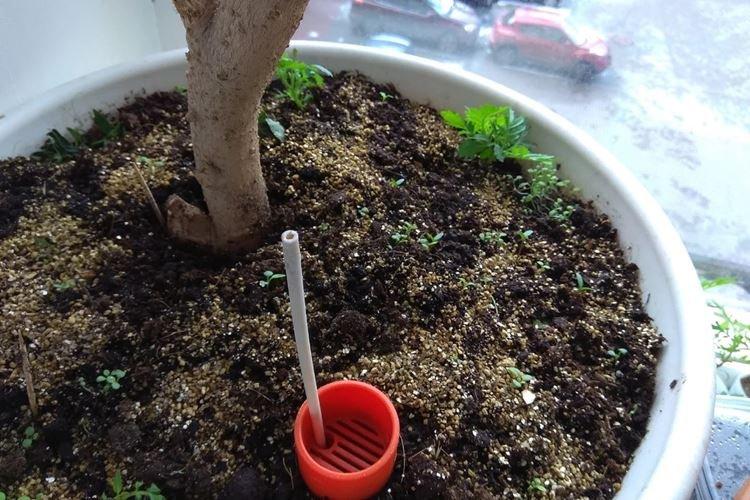
The soil
You need soil for flowering plants with turf and sand, and, if necessary, with peat for young seedlings. Lay a thick layer of drainage on the bottom. Instead of replanting adult hibiscus, it is enough to renew 2-3 cm of the topsoil annually.
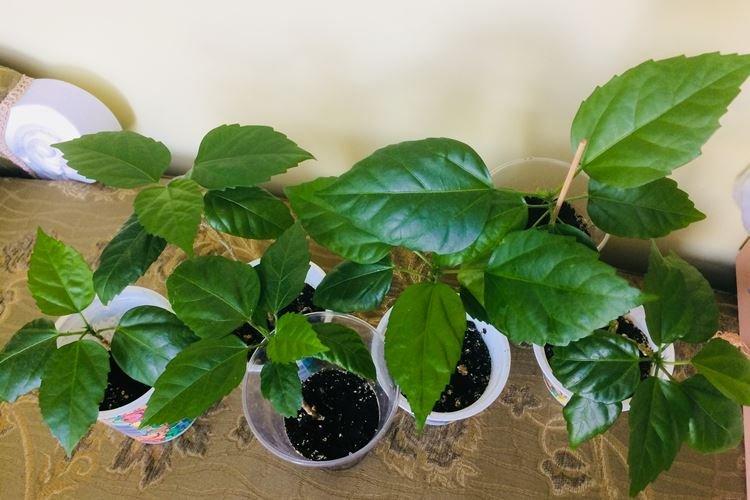
Fertilizers and feeding
From mid-spring to mid-autumn, fertilize the Chinese rose twice a month. It reacts well to organics, but we recommend alternating with mineral mixtures. In winter, feed the bush only if it blooms - pointwise, with a quarter dose of potassium and phosphorus.
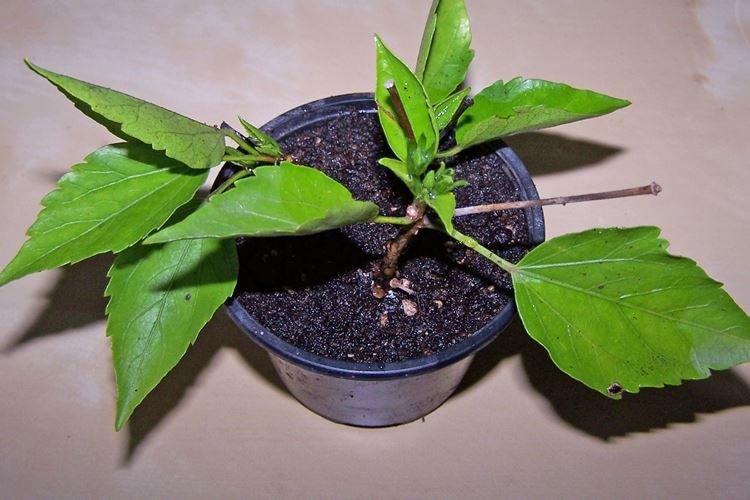
Transplant and reproduction
A young Chinese rose is transplanted every year because it grows and develops rapidly. Adult plants after five years are relocated as the soil is depleted or the pot needs to be changed. Usually this is no more than once every three to four years. But the flowerpot should be slightly cramped, otherwise the bush will build up greenery instead of flowering.
The Chinese rose is hardly propagated by seeds because it takes a long time. Although the process is quite simple, it has a surprisingly high germination rate, which lasts for six whole years. Seeds are germinated in wet gauze and in a plastic bag with holes, and after a week or two, the seedlings are planted in cups with peat and ash.
Shoots that remain after seasonal pruning are suitable for cuttings. Treat the slices with an antiseptic and a stimulant, and then put them in a glass of water or stick them in glasses with sand and peat. Within a month, the roots will appear, and the Chinese rose can be planted.
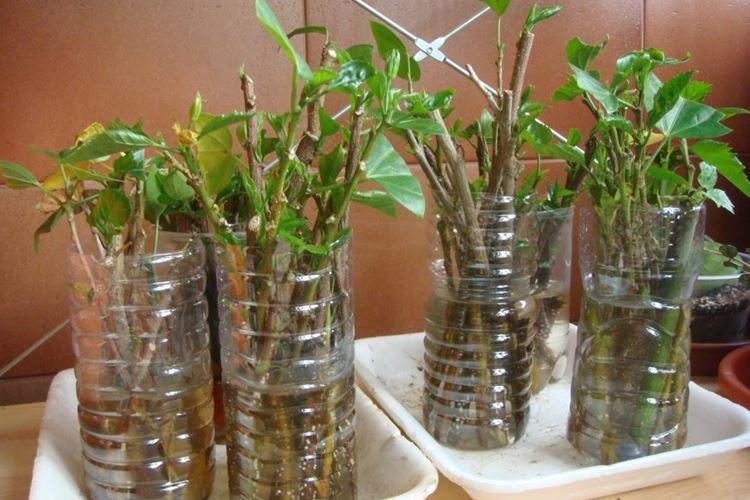
Pruning
At the beginning of spring, be sure to carry out a sanitary pruning - this way the Chinese rose will bloom faster and earlier. If you reduce the amount of green mass, more flowering shoots will appear. In general, you can shorten the bush by about half, and for rejuvenation - up to 15 cm.
With the help of shaping pruning, you can turn a Chinese rose into a neat standard tree. And if you want a lush dense bush - periodically pinch and thin out the branches that go deeper.
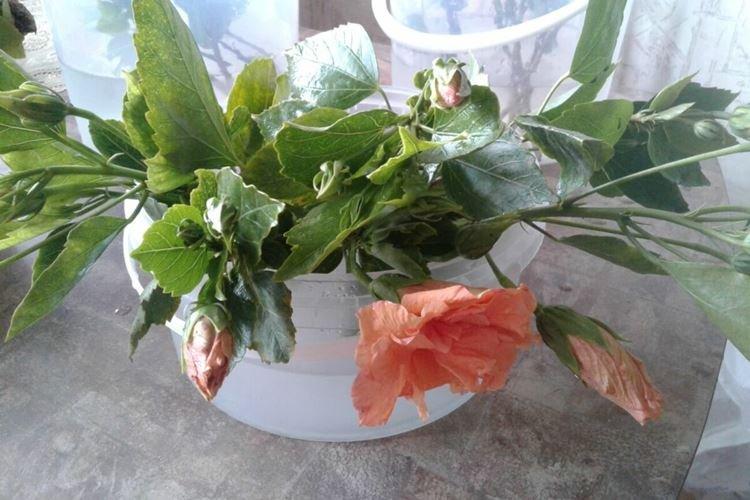
Pest and disease control
Hibiscus leaves suffer from chlorosis and vascular wilting - and most often this is a consequence of improper care. It is necessary to adjust the irrigation regime, equip good drainage and fertilize on time. Cut off the affected areas as soon as possible so that the disease does not spread, and treat the plant with fungicides.
Among the flowers of the Chinese rose, aphids, scale insects and spider mites settle. Gall midges hide in the buds, and whiteflies and worms eat the leaves. Remove fallen buds in time, carry out seasonal spraying with insecticides, use soapy water and tobacco dust.
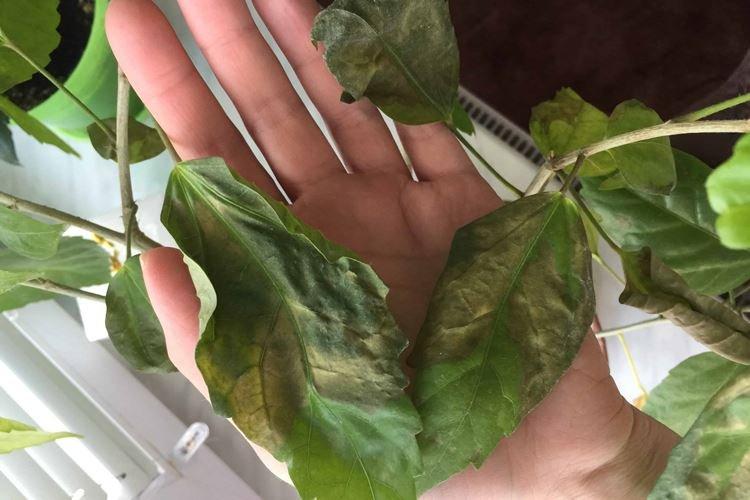
Chinese rose - photo
Breeders are wasting no time and the varieties of the Chinese rose are very diverse. But all of them are undeniably beautiful and spectacular - this can be clearly seen in our photo selection!
